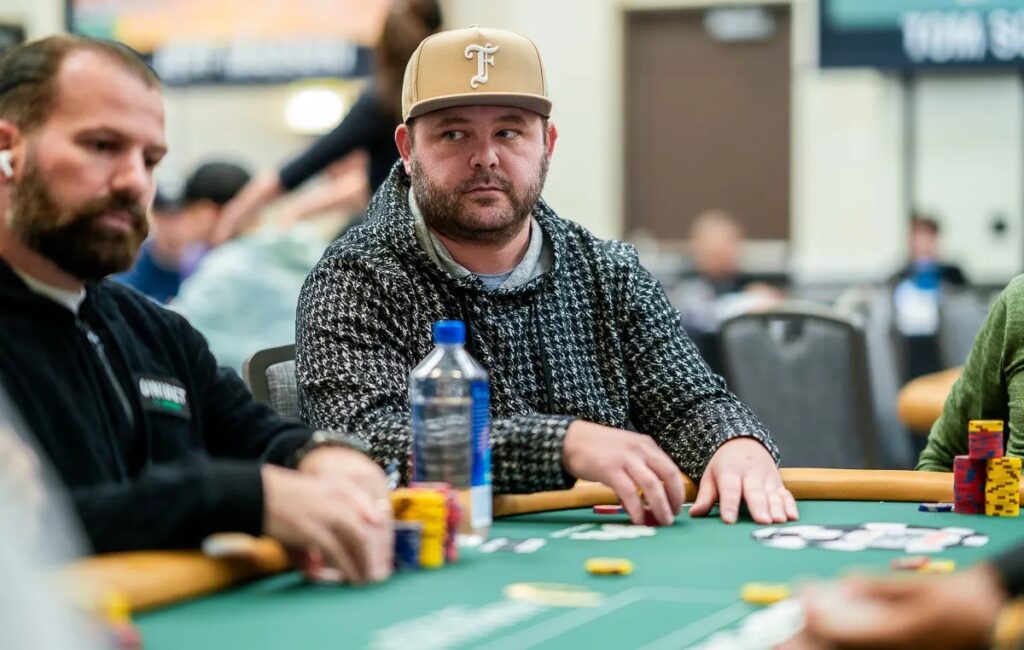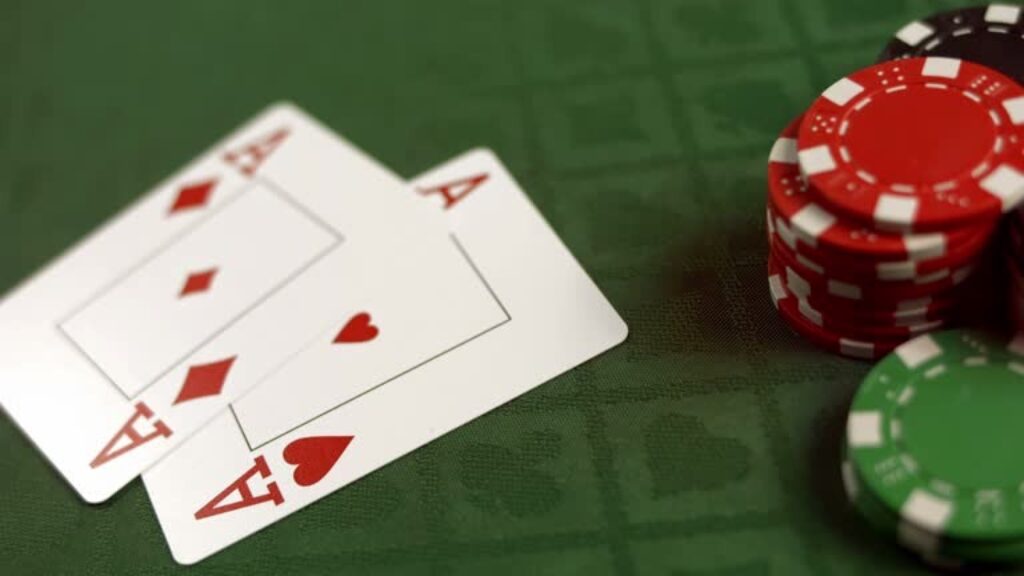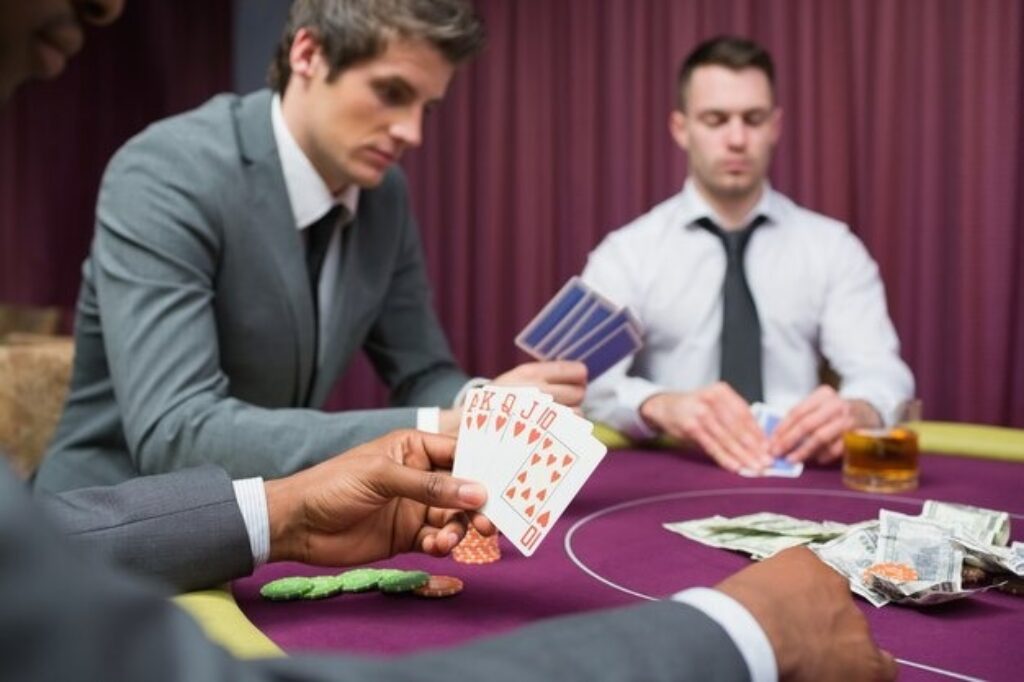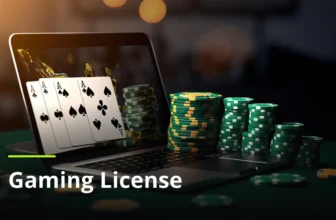
In high-stakes games, reading opponents can provide a serious advantage. Recognizing subtle tells helps determine the strength or weakness of an opponent’s hand. This article provides insights into spotting tells and making better decisions at the table.
Table of Contents
Key Points:
- Eye contact often indicates confidence or nervousness.
- Timing of actions can signal hand strength.
- Handling chips and cards provides clues about a player’s emotions.
- Attentiveness reflects engagement and potential strategy.
- Table talk can reveal deception or confidence.
Recognizing Subtle Behavioral Cues
Body language plays a major role in revealing tells. Players often exhibit unconscious movements that betray their confidence or nervousness.
- Microexpressions: Quick facial expressions can signal emotions before a player regains composure.
- Posture Changes: Sitting up straight can indicate a strong hand, while slouching may show insecurity.
- Hand Movements: Tapping fingers or gripping chips tightly can reveal stress levels.
- Breathing Patterns: Rapid breathing suggests excitement, while slow breathing often signals control.
Observing these minor cues can help in assessing an opponent’s level of comfort or distress during critical moments.
How Eye Contact Affects Gameplay
Many players use eye contact strategically. Some maintain steady gazes to project confidence, while others avoid eye contact to conceal their intentions.
- Prolonged Eye Contact: May suggest an attempt to intimidate opponents.
- Avoidance: Indicates nervousness or an attempt to hide the strength of a hand.
- Blinking Rate: Increased blinking often signals discomfort or anxiety.
Players who regularly change eye behavior under pressure tend to be less experienced or uncomfortable with deception.
Timing of Actions and Its Impact on Tells

Source: davidlaflamme.com
The speed at which a player acts can indicate hand strength. Quick, decisive actions often suggest confidence, whereas hesitation may reveal uncertainty.
A delayed reaction usually means a player is considering a bluff or struggling to decide on the best move.
Instant bets, particularly after a strong raise, may indicate a well-prepared hand. Studying an opponent’s decision-making speed over several rounds helps build a profile of their playing habits.
The Role of Chip and Card Handling
Nervous movements often manifest through how a player interacts with their chips and cards.
- Fidgeting: Players constantly adjusting their chips may feel pressured.
- Firm Grips: Clutching cards tightly can indicate nervous energy.
- Smooth Handling: Players calmly handling chips and cards often feel in control.
Noticing changes in these habits during crucial rounds can provide an advantage when deciding to call, raise, or fold.
Attentiveness and Player Engagement
Players who actively engage with every action on the table usually have a well-thought-out strategy. Those who show disinterest might be concealing a strong hand or genuinely waiting for a better opportunity.
Some players pretend to disengage to lure opponents into a false sense of security. This tactic is particularly common among experienced competitors. Recognizing this pattern early can prevent costly mistakes.
Table Talk and Verbal Clues

Source: pokernews.com
Conversational habits at the table provide valuable insights into a player’s confidence level.
- Excessive Talking: Could be an attempt to distract or cover up nervousness.
- Unusual Silence: A quiet player who suddenly speaks might be hiding something.
- Mocking Confidence: Statements like “I hope you don’t have a flush!” could indicate genuine concern.
Analyzing the consistency of verbal patterns can help in determining when a player is bluffing or genuinely strong.
Betting Patterns and Their Significance
Bets reveal more than just strategy. They often expose a player’s level of confidence.
- Large bets placed abruptly can indicate a player holding a strong hand or attempting a bluff.
- Hesitant calls often suggest uncertainty, which can be exploited.
- Repeated patterns across multiple hands make it easier to predict future bets.
Keeping track of an opponent’s typical betting style helps in making better reads when high-value hands are in play.
Understanding Baseline Behavior
Establishing a baseline for each player makes recognizing deviations easier. Every player has a natural rhythm, and when that changes, it often indicates an attempt at deception.
A normally quiet player who suddenly starts engaging in conversation may be trying to manipulate the table. A previously aggressive bettor who slows down might have a weak hand.
Recognizing these shifts in behavior increases the ability to make more accurate predictions.
Cultural and Individual Variations in Tells

Source: gettyimages.com
Tells vary by culture and personality. What appears as nervousness in one player might be their standard behavior.
- Some players maintain serious expressions regardless of their hand.
- Others naturally exhibit more expressive reactions.
- Cultural backgrounds can influence gestures and mannerisms.
Adjusting strategies to each opponent’s tendencies prevents misinterpretations.
Avoiding False Reads
Not all gestures indicate a tell. Some players deliberately fake reactions to confuse opponents.
Factors like external stress or environmental conditions can also affect body language. Reading too deeply into a single moment rather than analyzing long-term trends can lead to incorrect assumptions.
Refining Observation Skills
Developing an ability to recognize tells takes practice. The more hands observed, the better the chances of recognizing meaningful patterns.
- Watch professional players to learn how they conceal their tells.
- Train personal habits to prevent opponents from reading cues.
- Keep notes on opponents’ behaviors for future reference.
By continuously refining observation techniques, identifying tells becomes second nature.
Applying the Skills in a Real Game

Source: freepik.com
Applying these strategies effectively requires patience and experience. The best way to test observation skills is through consistent practice in real matches.
Recognizing patterns in opponents allows for more calculated risks. Adjusting strategies based on observed tells leads to improved decision-making and overall success.
Improve Observation Skills While Playing Online
Playing on digital platforms such as Royal x Casino can help develop reading skills in unique ways. Although physical tells are absent, betting patterns and reaction times still provide critical insights.
- Virtual Timing: The speed of an opponent’s decisions can replace physical cues.
- Betting Consistency: Players who regularly bet the same way may become predictable.
- Bluffing Strategies: Without body language, bluffing tendencies become more dependent on patterns.
Practicing on such platforms sharpens the ability to read hidden tells, preparing players for live games where body language adds another layer of depth.
Final Thoughts
Reading poker faces takes skill, patience, and sharp observation. A combination of eye contact, timing, betting behavior, and body language offers key insights into an opponent’s confidence level. Spotting tells gives an edge, but a strong strategy must complement the ability to read opponents.
Mastering the ability to detect tells turns an average player into a formidable opponent.








